The Tooth Fairy’s Bizarre Origins and 14 More Facts
Losing a tooth is a strange childhood milestone. But the Tooth Fairy, that familiar nighttime visitor, didn’t just appear out of nowhere with glitter and dollar bills. Her story is stitched together from centuries of folklore, rodents, royal tales, and shifting cultural norms. The modern version most kids know is barely a century old, and even now, she’s surprisingly flexible.
If you’ve ever wondered why kids hide teeth under pillows or why the payout seems to fluctuate, the answers are weirder (and older) than expected.
Her Origins Are Rooted in Rodent Rituals
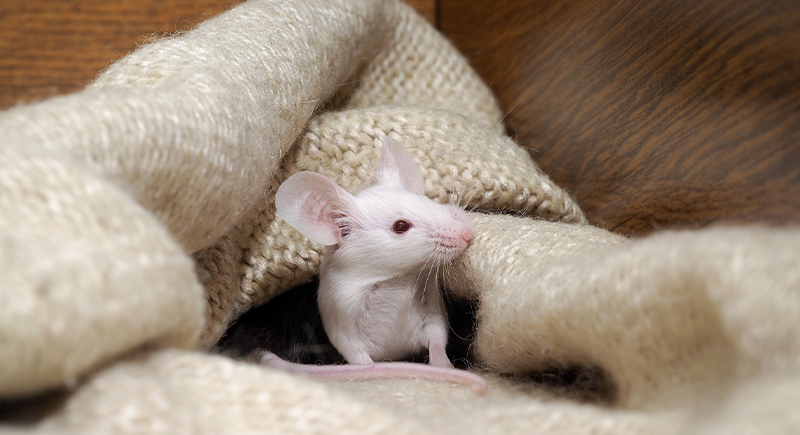
Credit: iStockphoto
In early Europe and Latin America, it wasn’t fairies but mice who dealt in teeth. Kids left molars out for magical rodents, hoping to absorb their strong chompers. These traditions involved symbolic exchanges, often hoping a rodent’s strong teeth would influence a child’s adult ones.
A French Fairy Tale Changed the Formula
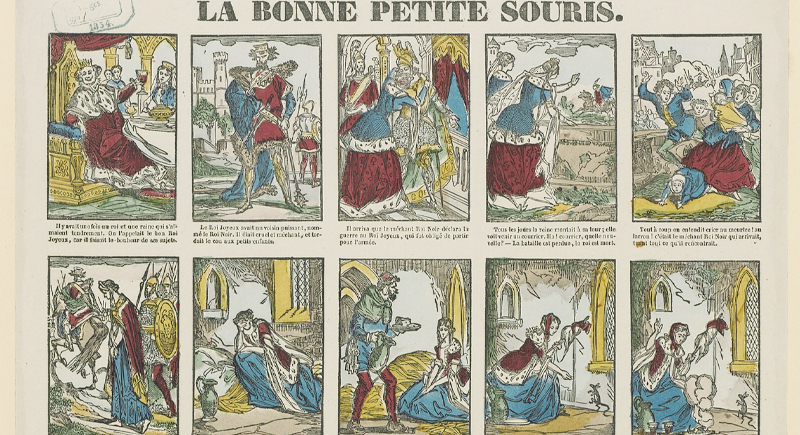
Credit: Wikimedia Commons
In 1697, La bonne petite souris introduced a twist. It involved a fairy who turns into a mouse to help a queen by knocking out a tyrant’s teeth. Unlike older folk rituals, this literary version fused fairies with rodents. It was not about lost baby teeth, but it helped pave the way for today’s fairy-mouse hybrid.
She Didn’t Show Up in Print Until 1908
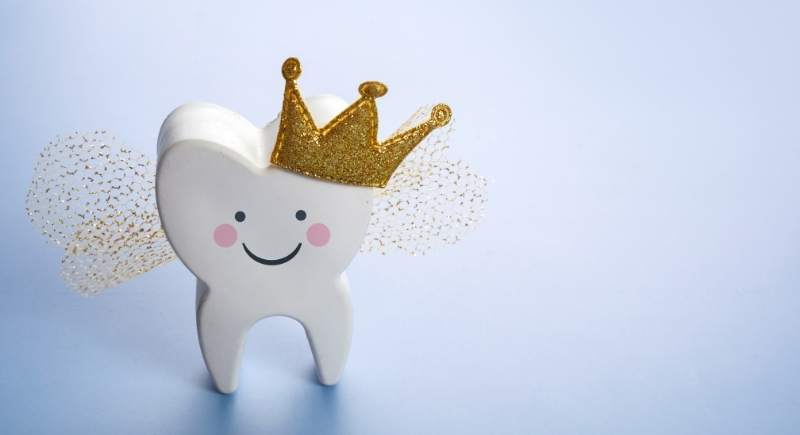
Credit: Canva
Despite her centuries-old influences, the first time the Tooth Fairy showed up in writing was in a 1908 issue of the Chicago Daily Tribune. One reader suggested a fairy might ease a child’s fear of losing teeth, essentially making the swap less gross and more profitable.
A Children’s Play Helped Spread the Myth
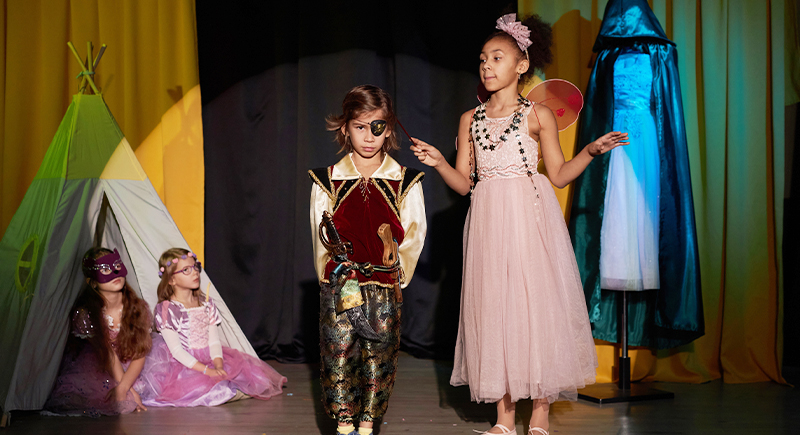
Credit: iStockphoto
The Tooth Fairy’s next major appearance was in a 1927 play by Esther Watkins Arnold titled The Tooth Fairy. This work helped push the myth into mainstream American childhood culture. But she didn’t become a widely known figure until decades later, helped along by economic shifts and pop culture.
A Dentist Became Her Unofficial Historian

Credit: Getty Images
Rosemary Wells, a dental school professor in the 1970s, was so intrigued by the lack of info on the Tooth Fairy that she started collecting everything she could. She even opened a short-lived museum in her Illinois home and dubbed herself a “Tooth Fairy Consultant.”
Post-War Prosperity Gave Her a Boost
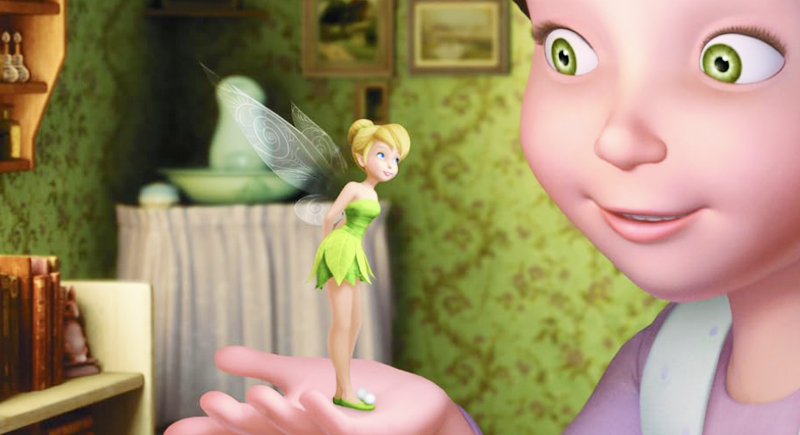
Credit: IMDb
The Tooth Fairy’s popularity rose after World War II. More parents could afford to slip coins or dollars under pillows. Sociologists point to growing child-focused households and the influence of Disney films like Cinderella and Peter Pan as factors in the fairy tale’s mainstream acceptance.
Her Appearance Isn’t Set in Stone
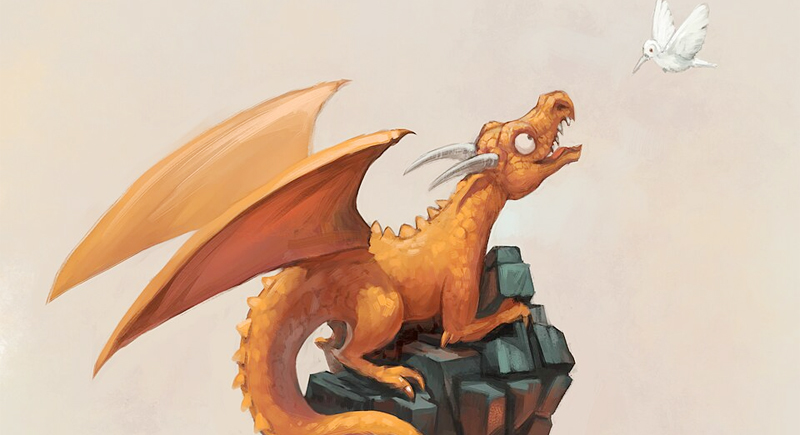
Credit: Wikimedia Commons
You’d think someone who visits millions of kids would have a standard image. But that wasn’t the case. In a 1984 survey by Rosemary Wells, people described the Tooth Fairy as everything from a traditional winged woman to a mouse, bear, man, or even a dragon. One fiction writer imagined her as a hummingbird-human hybrid.
She Wasn’t the First to Trade Teeth for Cash
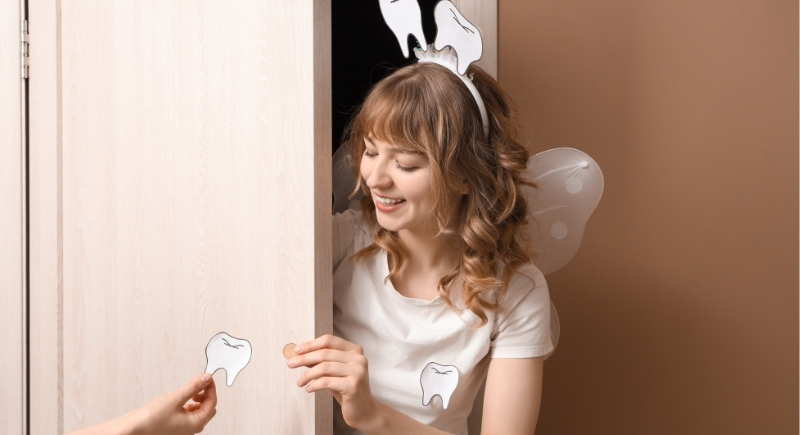
Credit: pixelshot
Vikings practiced a ritual known as tand-fe or “tooth fee,” where children received money for their baby teeth. These tiny teeth were strung into necklaces and worn as good-luck charms in battle. This Norse custom may have contributed to the modern idea of teeth having monetary value.
She’s a Financial Trend Follower

Credit: Getty Images
Since 1998, Delta Dental has tracked how much the Tooth Fairy pays per tooth. Interestingly, the payouts often rise and fall with the stock market. When the S&P 500 climbs, kids rake in more cash. Apparently, she has a diversified portfolio and a sharp eye on market volatility.
Her Visit Is a Limited-Time Offer
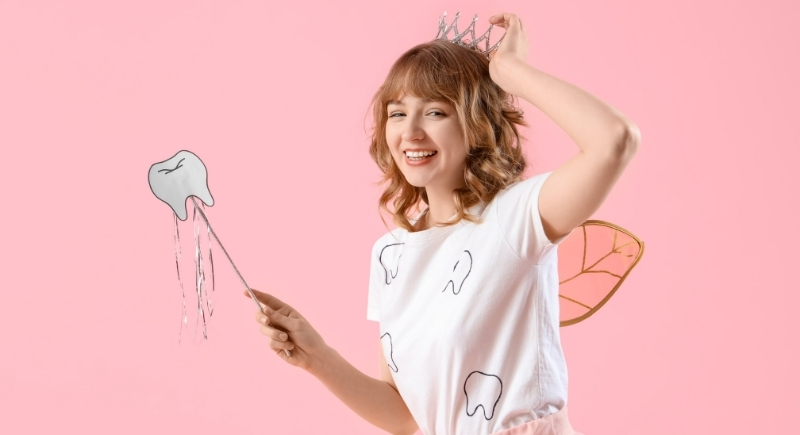
Credit: pixelshot
Each child typically gets 20 visits from the Tooth Fairy, one for each baby tooth. Most kids start losing teeth around age six and continue through age twelve. But belief in the fairy often fades earlier, though many children happily pretend, especially when payment is involved.
She Has Her Own National Day
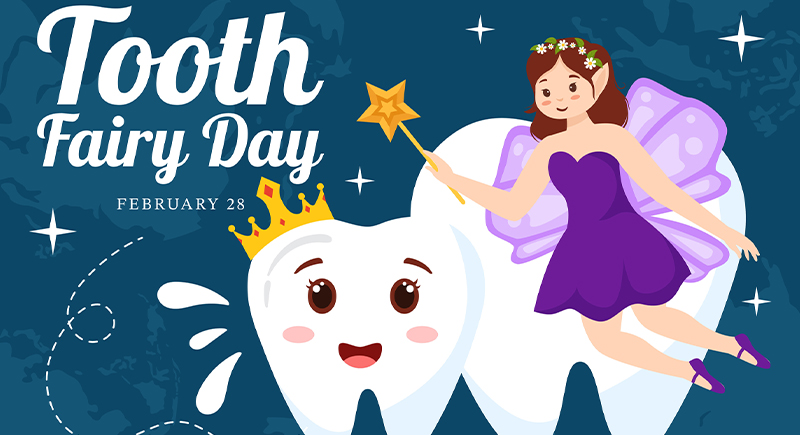
Credit: iStockphoto
February 28 is celebrated as National Tooth Fairy Day, though some calendars also recognize August 22. With roughly 300,000 teeth collected nightly, perhaps she deserves more than one holiday. No official explanation exists for the date(s), but dentists often use them to promote oral hygiene.
She’s Part of Dental Education

Credit: iStockphoto
Parents have turned the Tooth Fairy into a mini dental PR campaign. Kids are told that clean teeth are worth more and that gross ones might earn less (or nothing). It’s bribery, sure, but effective. For many kids, brushing and flossing start making sense when a tiny winged figure gets involved.
Her Influence Reaches Beyond the US
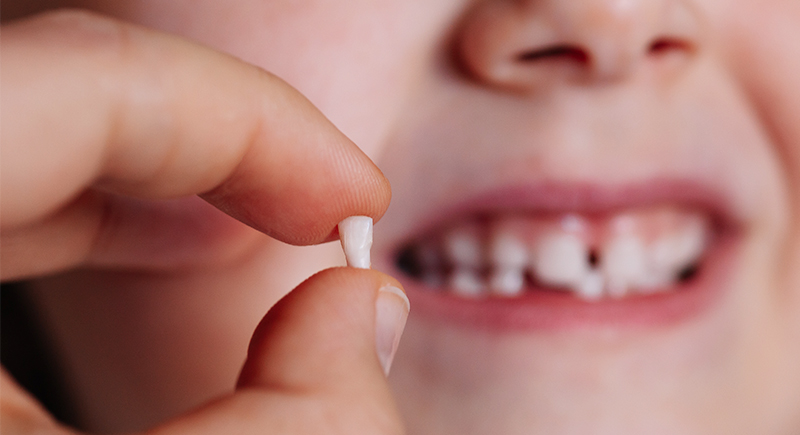
Credit: iStockphoto
Though popular in English-speaking countries, the tooth-for-treasure ritual exists around the world. Children in Turkey, Greece, and Mexico toss teeth onto rooftops. In South Korea, teeth are thrown upward so birds will carry them away. These global traditions often aim to ensure the growth of strong adult teeth.
She’s Not Always Generous With Money

Credit: iStockphoto
Not every country uses money to sweeten the loss of a tooth. In some places, kids offer the tooth to animals, hoping to inherit their dental strength. Others get trinkets or small toys. The transaction is symbolic, though kids rarely complain if there’s a bonus.
She Might Be Done Before Age Eight
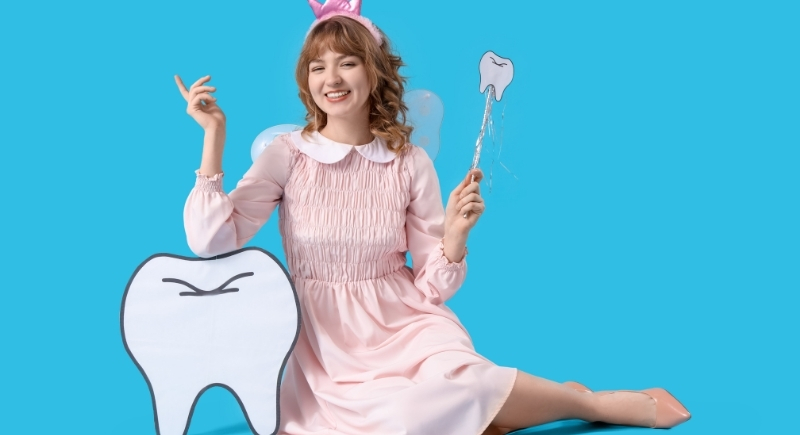
Credit: pixelshot
Although baby teeth keep falling out until about age eleven, most kids stop believing in the Tooth Fairy by seven or eight. But even after the myth is outgrown, many are content to keep up the routine, especially when their pillows yield coins or something better in the morning.